It’s quite common for a growing child to face common gait abnormalities and foot posture issues. In many cases, as the child grows up, the problem clears up itself. Though, Parents are always worried about their children who have these problems.
Therefore, it is essential to consult podiatrists immediately after seeing early signs of abnormal foot gait and posture in your child. While these conditions are treatable, many non-invasive solutions can help your child deal with these problems.
In a few cases, your child might require posture exercise, footwear device, and time to grow in these cases. Though, there are also some conditions where children require orthotics and other types of treatments.
If any exercise or device doesn’t go well with your kid, consult a podiatrist to get a complete evaluation to determine the potential reason causing your child’s posture and gait issues. Whether your child has in-toeing, flat feet or any other gait issue, seek a doctor to get the best recommendation for the best possible treatment. This will minimize the chances of their gait issues. Also, remember to consider the orthotics option when your child truly needs them.

If you have noticed some abnormal gait or foot postures in your child and are searching for solutions over the internet, you might be right. Read on to discover orthotics. In what condition your child may require pediatric orthotics, what solution and types does it have!
What Are Pediatric Orthotics?
Orthotics for children are specially designed to meet the child’s functional needs. Custom-made orthotics are also designed to provide them with more stability. As a child grows up through orthotic treatment, their prosthetics and orthotics might be redesigned to enhance independence and control over movement.
Pediatric orthotics is different from adult orthotics in a few ways. One of the most significant ways is that they must promote growth. As the children grow, their orthotics need to be adjusted to account for that. There is a possible chance of significant correction alongside theoretical growth. The adjustment of continual orthotics can’t directly fix deformity and bone growth.
That needs to be done with a team of experienced experts who can understand pediatric orthotic essentials.
Conditions That Require Pediatric Orthotics
There are numerous conditions in which you may require to seek out pediatric orthotics services for your child’s problem. From genetic disorders to foot issues, these conditions might include the causes that prevent the ability of your child to grow without orthotic support. Following are some common conditions that need orthotic treatment.
● Foot supination
● Foot pronation
● Hip dysplasia
● Leg and foot spasticity
● Clubfoot
● Foot or ankle mal-alignment
● Tibial torsion
● Leg and foot spasticity
● Severe metatarsus adductus
Orthotic Solutions for Children
There are no same treatment options for orthotics as the two same orthotics conditions. Your child’s condition might need custom-made pediatric orthotics for their body because they have different conditions.
For instance, supination and foot pronation require orthotic correction. For children, this condition refers to shoe orthotics of children. Though, a pair of orthotics shoes will not correct severe conditions.
For some severe issues like foot and leg spasticity and hip dialysis, your child may require an inclusive orthotic treatment. This includes Pavlik harness treatment for hip dialysis, Ankle Foot Orthotics (AFO) for reducing spasticity in leg or foot, and Denis Browne bar of hip dysplasia orthotic.
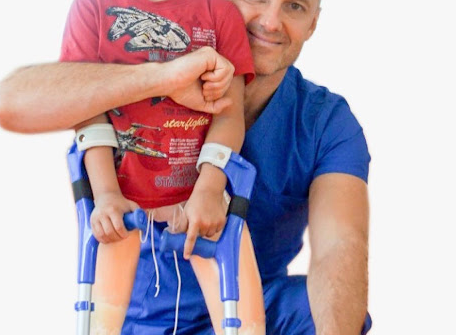
Types of Orthotics for Children
Following are the types of pediatric orthotic solutions:
● Foot Orthotics
They are commonly inserts used in place of shoes to shift the feet and legs’ weight and bring balance, minimize stress, and release shock. They are soft or rigid and can be customized or fitted, and they also come in actual shoe form.
● Ankle Foot Orthotics
Ankle Foot Orthotics are also called foot drop braces and are sometimes referred to as AFOs. These are semi-rigid and come in L-shaped braces that alleviate both ankle and foot and bring together joints and muscles into proper shape and lower legs by immobilizing them.
They are typically made from rigid plastic and metal and extend up the calf. They contain straps that hold the device by connecting in place, and they also correct foot drops. AFOs are account for the majority of orthotics used in the US, such as Hinged AFOs, anti-Talus AFOs, Solid AFOs, Tamarack Flexure Joint AFOs, Hemi Spiral AFOs, Posterior Leaf Spring AFOs and Tone-Reducing AFOs.
● Hip-Knee-Ankle-Foot Orthotics
It is also referred to as HKAFO, designed to determine dysfunction in the knee, hip and ankle, including instability and muscle weakness, trauma or injury, neuromuscular disease or knee replacement. HKAFOAs are usually included in the brace options of KAFO with additions of pelvic section and hip joint. This controls the hip mobility joints such as side to side and front to back rotation. HKAFO is also responsible for stabilizing the lower spine and hip in muscle weakness or paralysis cases.
● Knee-Ankle Orthotics
A knee-ankle orthotic is also called KAFO. These are the devices used for the stability of the foot, ankle and knee that allow proper movement and functions of joints. This device is controlled with electrical hinges or is mechanically equipped. If any child has limited leg movements, these devices help them learn walking.
● Knee Orthotics
A Knee orthotic is a brace that supports and aligns knee joints. This device can extend from above to below the knees.
● Spinal Orthotics
If a child needs extra support in upper torso, they need spinal orthotics because it helps them sit and stand and is especially helpful when a child has less truck control.
● Trunk-Hip-Knee-Ankle-Foot Orthotics
It is also known as HKAFOs and THKAFOs. This device with spinal orthotics overcomes the immobility of the trunk and corrects the spine alignment. Also, this device is often helpful for children with paraplegia.
● Prophylactic Braces
Prophylactic braces contain knee hinges. They are often used by the people with knee injuries.
Wrapping Up
It is essential to remember that using the above types of orthotics without a doctor or pediatric podiatrist can make your child suffer more pain. Therefore, you need to diagnose issues properly to ensure the best use of the correct type of orthotic.
At Hope AMC, we use cutting-edge orthotics and prosthetics to help your children regain function. We offer a wide variety of orthotics and prosthetics.
Our trained specialists such as our doctors, physical therapists, orthotists, and prosthetists evaluate, design, custom fit, and manufacture all types of orthotics and prosthetics to meet the specific requirements of each child.
Schedule and consult with your doctor to get proper treatment for your child.


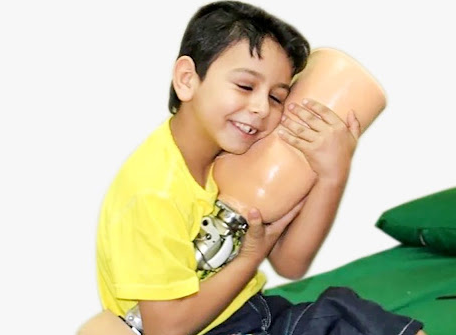
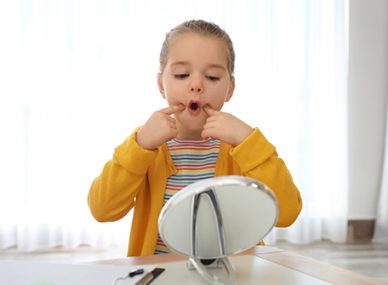
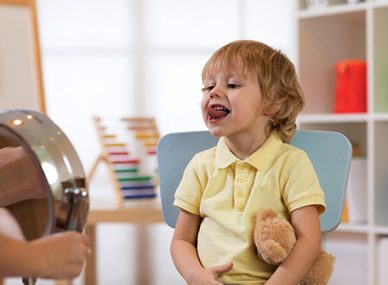
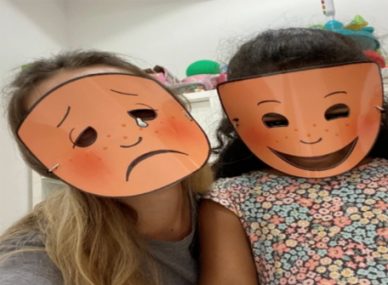
1 Comment
Beauty Fashion
I enjoyed reading your piece and it provided me with a lot of value.